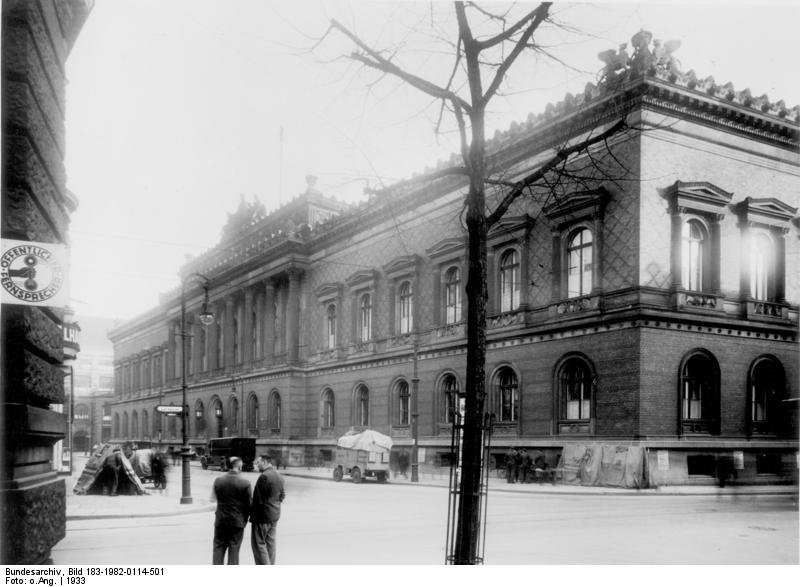Among the chaos of the collapse of Hitler’s empire in April 1945 the biggest heist in history took place. Gold bars, jewels and stolen foreign currency with an estimated worth of $3.34 billion vanished from the Reichsbank vaults, in Germany.
In the ensuing decades small quantities of this bounty have turned up in Portugal, Switzerland, Turkey, Spain and Sweden but the majority remains missing. Across the world search teams look for this missing treasure and the supreme prize of the legendary Amber Room, an acquisition from St. Petersburg during WWII, believed to be a room entirely cast in gold and amber. After 60 years the bulk of this bounty still hasn’t turned up, so just where is Hitler’s missing gold?
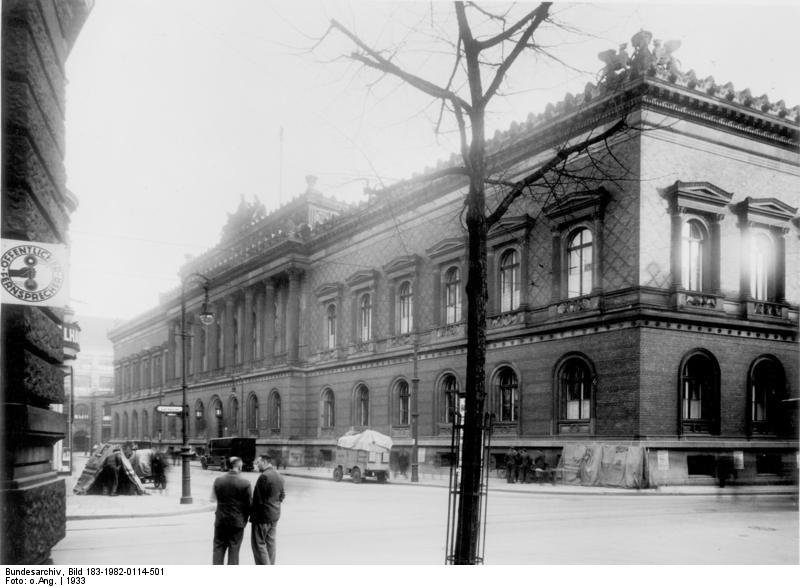
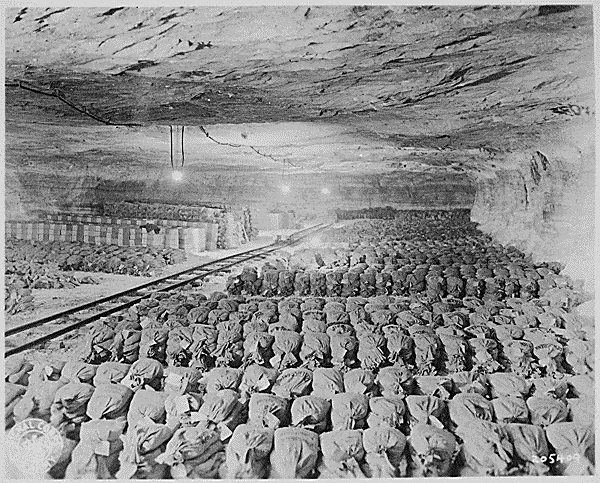
Buried in Deutschneudorf, Germany?
One of the most popular beliefs behind the whereabouts of Hitler’s missing gold is that it’s buried in Deutschneudorf, Germany and that the famed Amber Room is hidden among the dilapidated copper mines in the area. As the allies approached Berlin and it became clear that Germany was not going to win the war, myth has it that Hitler ordered Operation Sunset, where trusted Nazi officials hid huge quantities of gold, art and other assorted treasures in the caves surrounding the Deutchschneudorf area.
The hope was that this booty would be used to fund the rebuilding of the German army after the war. Despite worldwide media attention in February 2008, where the leading German treasure hunter on the scene was 90% certain that they had located the Amber Room and up to two tones of the missing gold little has surfaced. So, before heading to Deutschneudorf with your pick axe make sure that you will be happy with the possibility of finding only copper.
At the Bottom of Lake Toplitz, Austria?
The serene and beautiful Lake Toplitz in the Austrian Alps is thought to be another possible location for the missing Nazi gold, and since 1947 to the present day explorers have searched its depths for the riches of the Reich. Lake Topiltz has long been considered the possible dumping site of the fortune because the senior German officers retreated to this area as the allies swiftly moved through Germany. As US forces quickly approached it’s thought that German officers transported large boxes, by truck and horse drawn carriage to the edge of the lake and sunk them into the 107 meter (350 ft) deep lake.
The problem is that to this day no one knows what was in those boxes. The seniority of German officers involved and locale to Hitler’s Eagles Nest have led many to believe that this is the dumping site of the famed Nazi gold. However, despite years of searching, the only thing that was discovered was through a search by German magazine Stern, who found £72m in forged sterling currency, part of Hitler’s master plan to weaken the British economy. It is believed that the treasure could still be secreted away in the depths of Lake Topiltz but because the lake bottom is full of a thick crust of logs it’s believed that discovering anything would be very difficult.
Hidden by Spain’s General Franco?
In 1993, Trenton Parker, a veteran CIA operative, claimed on Radio Free America, that he knew what happened to Hitler’s lost hoard of gold. Parker claims that the gold was shipped to Generalissimo Franco because it was a major access and exit point for Germany. According to Parker, the gold had been shipped to Spain years earlier and was kept under the watchful eye of Franco until his death, when the close of the Suez Canal and other factors became bargaining chips for power brokers trading this gold.
Parker claims Hitler’s gold was turned into counterfeit Krugerrands and sold throughout the United States of America. Then again, Trenton Parker’s reputation as the gasoline to the conspiracy theorist fire precedes itself and he seems to know every secret concerning major world events over the past 50 years, including the “CIA assignation of JFK”. If the widely questioned Parker is in fact correct your gold ring or necklace may just be that lost Nazi gold.
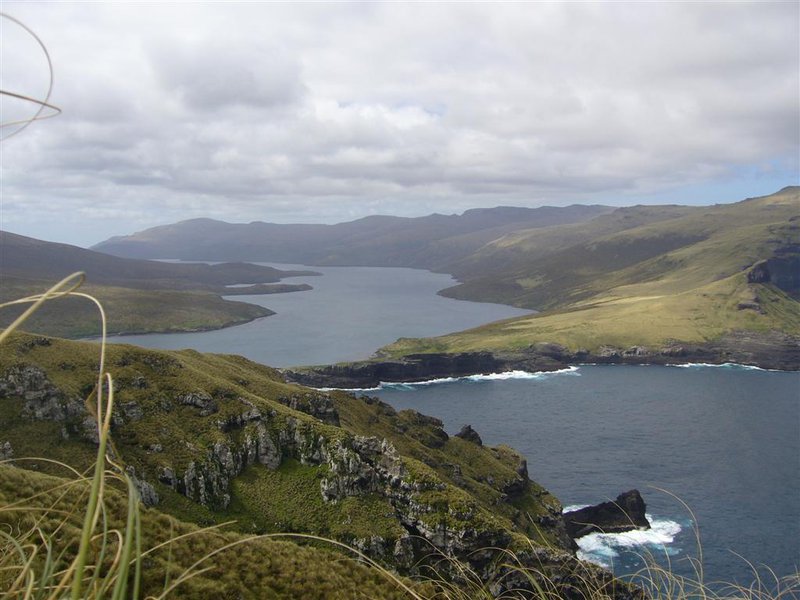
Deposited in The Auckland Islands?
The belief that the gold could be in the Auckland Islands is more hearsay and myth, than fact. Apparently, a single Nazi U-Boat containing large boxes of gold, jewellery and silver arrived on the Auckland Islands in 1945. It is believed the gold was buried on the Islands rather than sunk, as was the alleged command, but the fact that nothing has turned up to validate this as a rational theory suggests it is more legend than truth. Also, the only rationale behind the belief that the gold is in fact dispersed among the Auckland Islands is that lookout towers in the area were once used by Nazi soldiers. So, if you’re a current islander, don’t get your hopes up of finding vast riches any time soon!
Hidden in banks across the world?
While it’s common knowledge that huge amounts of Nazi commandeered assets, especially gold, passed through Swiss banks during WWII, it is reported up to $409 million in gold was purchased by Swiss banks during Hitler’s control over Germany. However, the Swiss are not the only country accused of receiving Nazi gold during the war. Among the countries to have allegedly received Nazi funds are: Sweden, Portugal, and even the Vatican. Although, one country after another has reluctantly opened its accounts, it is unclear how much gold is in question and where it could be.
The Vatican has refused to open its accounts to the public, and a class action suit by Holocaust survivors’, originally brought in 2000 and dismissed in 2007 on the basis of sovereign immunity, has conspiracy writer’s tongues wagging.
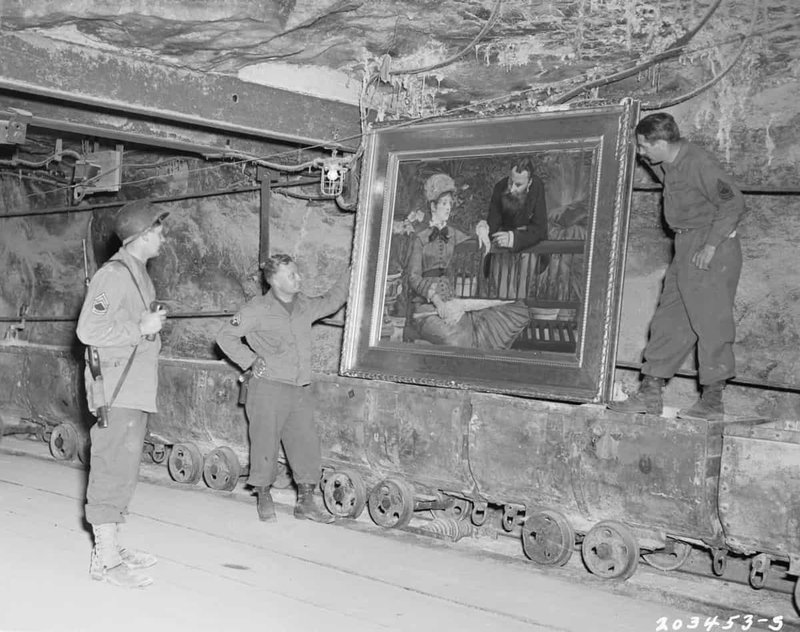
Kept by Hitler’s troops?
The fact remains, Hitler’s missing money could not have vanished into thin air, and while the conspiracy theories are abundant the fact that no one has located $3.34 billion in missing booty suggests that whoever knows of its whereabouts – and there must be someone who knows – isn’t talking.
Despite all the conspiracy theories surrounding the story, the demise of Hitler’s fortunes is probably less convoluted than many would have you believe. While Hitler’s troops may have been given orders to bury the bounty in mines or drop it in lakes, entrepreneurial Nazi officers who realised the war was beyond recovery may have simply spread it among their troops and themselves. Just as likely, or unlikely, a group of allied soldiers could have come across the stash and thought it was their lucky day. However, there is no substantial evidence to back either of these claims up. What we do know is that $3.34 billion worth of treasure doesn’t simply vanish.
